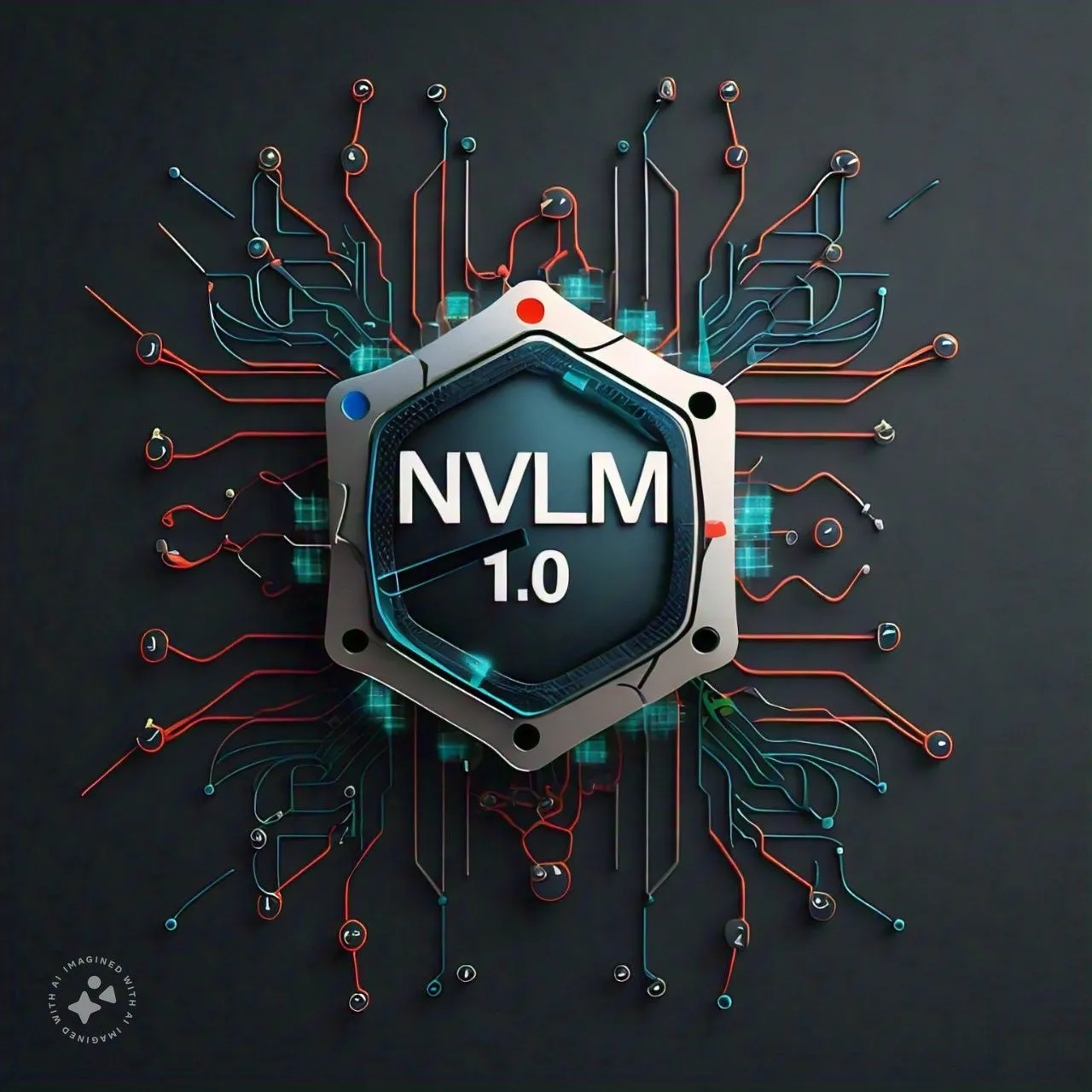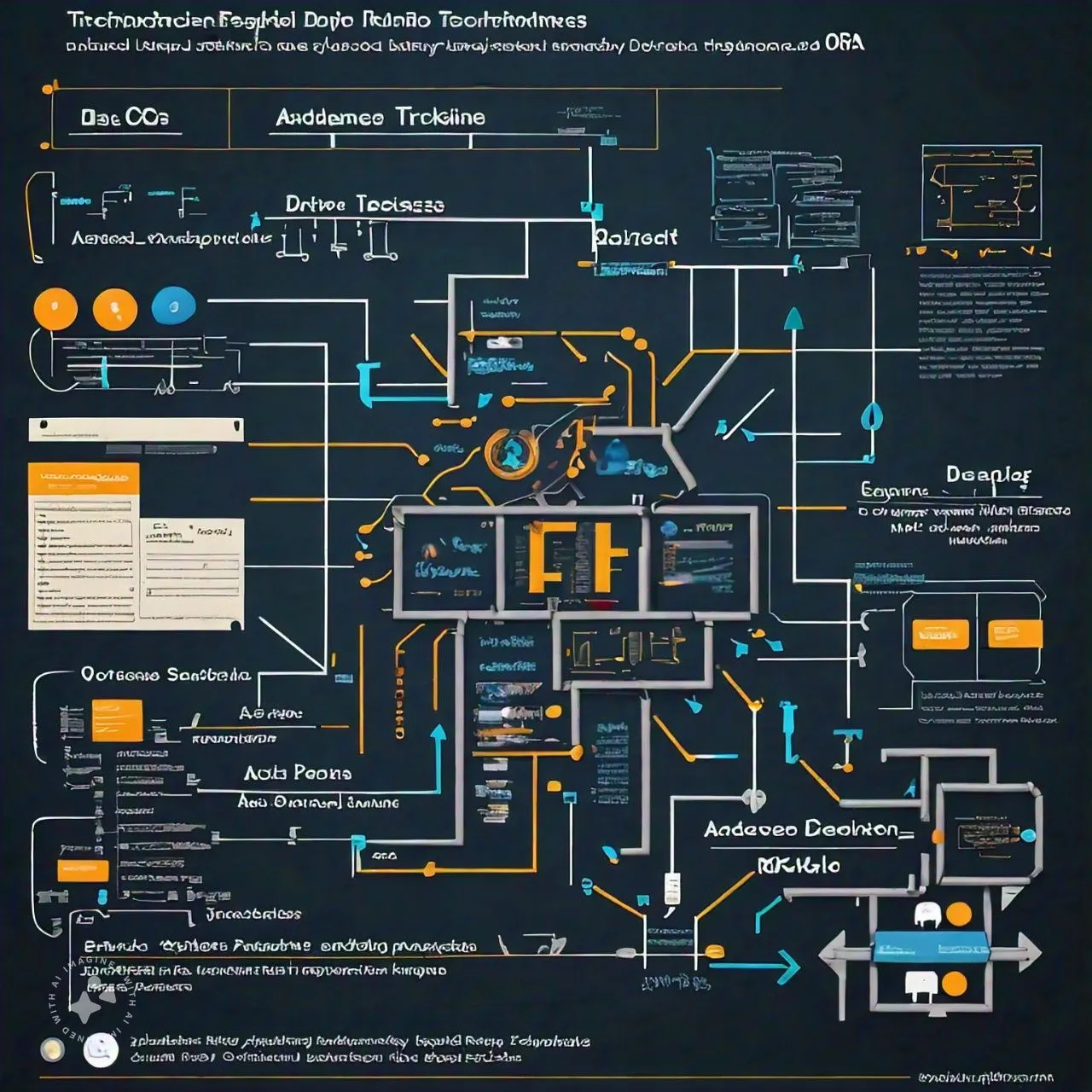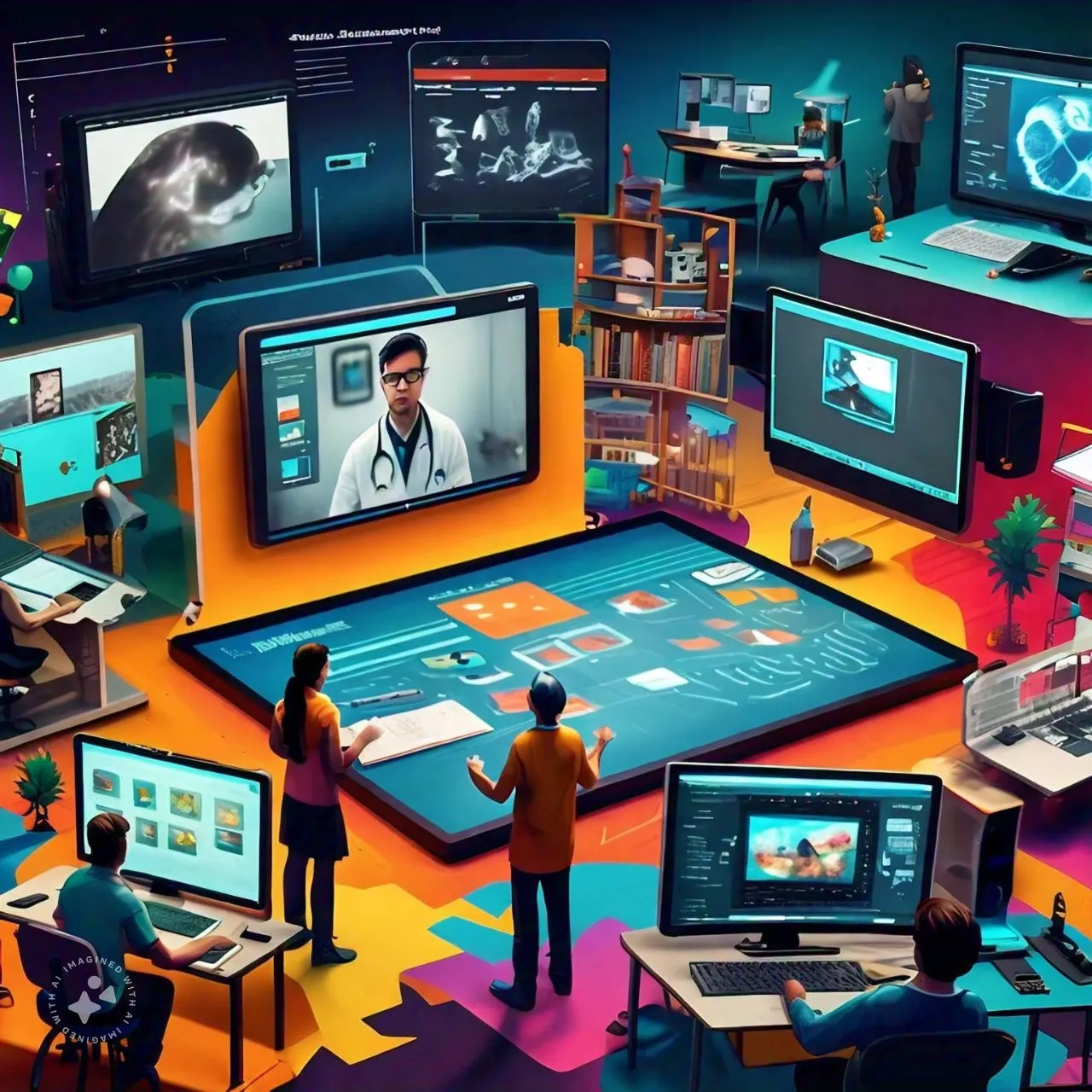In a surprising move that has sent ripples through the artificial intelligence community, NVIDIA, a company best known for its cutting-edge graphics processing units (GPUs), has unveiled its latest creation: NVLM 1.0. This new family of open-source AI models is set to challenge industry giants like OpenAI and Google, potentially reshaping the landscape of AI development and accessibility.
What Is NVLM 1.0?

NVLM 1.0, short for NVIDIA Language Model, is a collection of advanced AI models developed by NVIDIA. The star of this new lineup is the NVLM-D-72B, a powerhouse model boasting 72 billion parameters. To put this into perspective, that’s 72 billion individual settings that the AI can adjust as it learns and processes information – a truly massive scale of complexity.
Key Features of NVLM-D-72B:
- Multimodal Capabilities: This model isn’t just good with text; it can handle both text and images with impressive skill. It can understand memes, analyze charts and graphs, and even tackle complex math problems.
- Improved Text Performance: Unlike some other AI models that sacrifice text ability when they add image skills, NVLM-D-72B actually got better at text-only tasks after learning to work with images.
- Open-Source Approach: In a bold move, NVIDIA is making the model’s inner workings (called “weights”) available for anyone to use and study. They’ve even promised to share the code used to train the model, giving researchers and developers unprecedented access to cutting-edge AI technology.
How Does NVLM 1.0 Stack Up?
NVIDIA’s researchers have put their new model to the test, and the results are turning heads in the AI community. According to their findings, NVLM-D-72B is going toe-to-toe with some of the most advanced AI systems out there, including OpenAI’s much-talked-about GPT-4.
Benchmark Performance:
- Vision-Language Tasks: NVLM-D-72B has shown state-of-the-art results in tasks that combine visual and textual information. This puts it in direct competition with proprietary models like GPT-4, which have previously dominated this space.
- Text Accuracy: The model’s performance on text-only tasks has improved by an average of 4.3 points across key benchmarks. This is a significant jump, especially considering that many multimodal models tend to lose some text ability when they add image processing.
- Math and Coding: Surprisingly, NVLM-D-72B has demonstrated significant improvements in math and coding benchmarks, even outperforming some larger models in these areas.
Why Open-Source Matters
NVIDIA’s decision to make NVLM 1.0 open-source is a big deal in the world of AI. Here’s why:
- Accessibility: By making the model weights available on Hugging Face (a popular platform for sharing AI models), NVIDIA is giving researchers and developers free access to a top-tier AI system. This could lead to faster innovation and new applications of AI technology.
- Transparency: Open-source models allow for greater scrutiny and understanding of how AI systems work. This can help address concerns about bias, safety, and ethical use of AI.
- Collaboration: With the code and weights available, the global AI community can work together to improve and build upon NVLM 1.0, potentially leading to even more powerful and useful AI systems.
- Competition: By offering a high-quality open-source alternative, NVIDIA is challenging the dominance of closed-source models from companies like OpenAI and Google. This competition could drive further innovation in the field.
The Capabilities of NVLM-D-72B
Let’s dive deeper into what this new AI model can do:
1. Image Analysis
NVLM-D-72B can look at an image and understand what’s happening in it. This goes beyond simple object recognition – the model can interpret complex scenes, understand the relationships between objects, and even pick up on subtle visual cues.
2. Meme Interpretation
In a world where memes have become a language of their own, NVLM-D-72B’s ability to understand them is impressive. It can process the combination of image and text that makes up a meme, grasping both the literal content and the implied humor or message.
3. Data Visualization Understanding
The model can interpret charts, graphs, and tables. This means it can “read” visual representations of data and extract meaningful information from them – a skill that’s incredibly valuable in fields like business analytics, scientific research, and data journalism.
4. Complex Math Problem-Solving
NVLM-D-72B isn’t just a visual whiz – it can also tackle tough math problems. The model can work through complex equations step-by-step, showing its work along the way. This could make it a powerful tool for education, scientific research, and engineering applications.
5. Advanced Text Processing
Despite its impressive visual skills, NVLM-D-72B hasn’t forgotten its language roots. The model excels at a wide range of text-based tasks, from summarization and translation to question-answering and creative writing.
The Technology Behind NVLM 1.0

While NVIDIA hasn’t revealed all the details of how NVLM 1.0 works, they’ve shared some insights into the technology powering their new model:
1. Advanced Training Techniques
NVIDIA’s researchers mention using cutting-edge training methods to create NVLM 1.0. This likely includes techniques like transfer learning (where a model is pre-trained on a large dataset before being fine-tuned for specific tasks) and multi-task learning (where a model is trained to perform multiple types of tasks simultaneously).
2. Optical Character Recognition (OCR)
To understand text within images (like in memes or charts), NVLM-D-72B uses OCR technology. This allows it to “read” text that appears in visual formats, bridging the gap between image and language processing.
3. Reasoning Capabilities
The model doesn’t just pattern-match or regurgitate information – it can engage in complex reasoning. This allows it to solve math problems, answer nuanced questions, and make logical inferences based on the information it’s given.
4. World Knowledge
NVLM-D-72B has been trained on a vast amount of data, giving it a broad base of knowledge about the world. This allows it to understand context, make relevant associations, and provide informed responses across a wide range of topics.
Potential Applications of NVLM 1.0

The versatility of NVLM 1.0 opens up a world of potential applications across various industries:
- Education: The model could serve as an intelligent tutor, helping students with everything from math problems to understanding complex scientific concepts presented in textbooks or diagrams.
- Business Intelligence: Its ability to interpret charts and graphs could make it a powerful tool for analyzing business data and generating insights.
- Content Creation: From writing articles to generating social media posts (complete with meme creation), NVLM 1.0 could be a valuable asset for content creators and marketers.
- Research and Development: Scientists and researchers could use the model to help analyze data, interpret research papers, and even generate hypotheses for further study.
- Software Development: With its coding capabilities, NVLM 1.0 could assist programmers by generating code snippets, explaining complex algorithms, or even helping to debug existing code.
- Customer Service: The model’s language understanding and generation capabilities make it well-suited for powering advanced chatbots and virtual assistants.
- Healthcare: While it would require careful implementation and oversight, the model could potentially assist in interpreting medical images, understanding research papers, or even helping to diagnose conditions based on symptoms and test results.
Challenges and Considerations
While NVLM 1.0 represents a significant advancement in AI technology, it’s important to consider some of the challenges and potential drawbacks:
1. Ethical Concerns
As with any powerful AI system, there are concerns about potential misuse. NVIDIA has taken steps to address this by restricting the use of NVLM 1.0 to research purposes only under its licensing terms. However, as the technology becomes more widely available, ensuring its responsible use will be an ongoing challenge.
2. Accuracy and Reliability
While NVLM-D-72B has shown impressive performance on benchmarks, it’s crucial to remember that no AI system is perfect. Users will need to approach its outputs with a critical eye, especially when it comes to sensitive applications like healthcare or financial analysis.
3. Computational Requirements
Running a 72 billion parameter model requires significant computational resources. While NVIDIA’s GPUs are well-suited to this task, the hardware requirements may limit widespread adoption, at least initially.
4. Potential for Bias
Like all AI models trained on large datasets, NVLM 1.0 may have inherited biases present in its training data. Identifying and mitigating these biases will be an important area of ongoing research and development.
The Future of AI: Open Source and Collaboration
NVIDIA’s release of NVLM 1.0 as an open-source model marks a significant shift in the AI landscape. By making this powerful technology freely available, NVIDIA is not only challenging its competitors but also fostering an environment of collaboration and innovation.
This move could accelerate the pace of AI development, as researchers and developers around the world gain access to cutting-edge technology that was previously locked behind closed doors. It also has the potential to democratize AI, making advanced capabilities available to smaller companies and individual researchers who may not have the resources to develop such models from scratch.
As we look to the future, the release of NVLM 1.0 raises exciting possibilities:
- Will other major tech companies follow suit and open-source their advanced AI models?
- How will this increased accessibility impact the development of new AI applications across various industries?
- What new breakthroughs might emerge as a global community of researchers and developers build upon and improve NVLM 1.0?
Only time will tell, but one thing is certain: NVIDIA’s bold move has set the stage for a new era of open, collaborative AI development. As we watch this story unfold, it’s clear that the future of artificial intelligence is not just about the technology itself, but about how we as a global community choose to develop, share, and apply it for the benefit of all.


